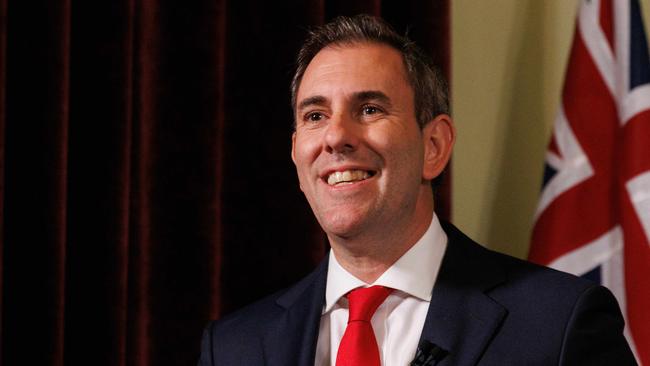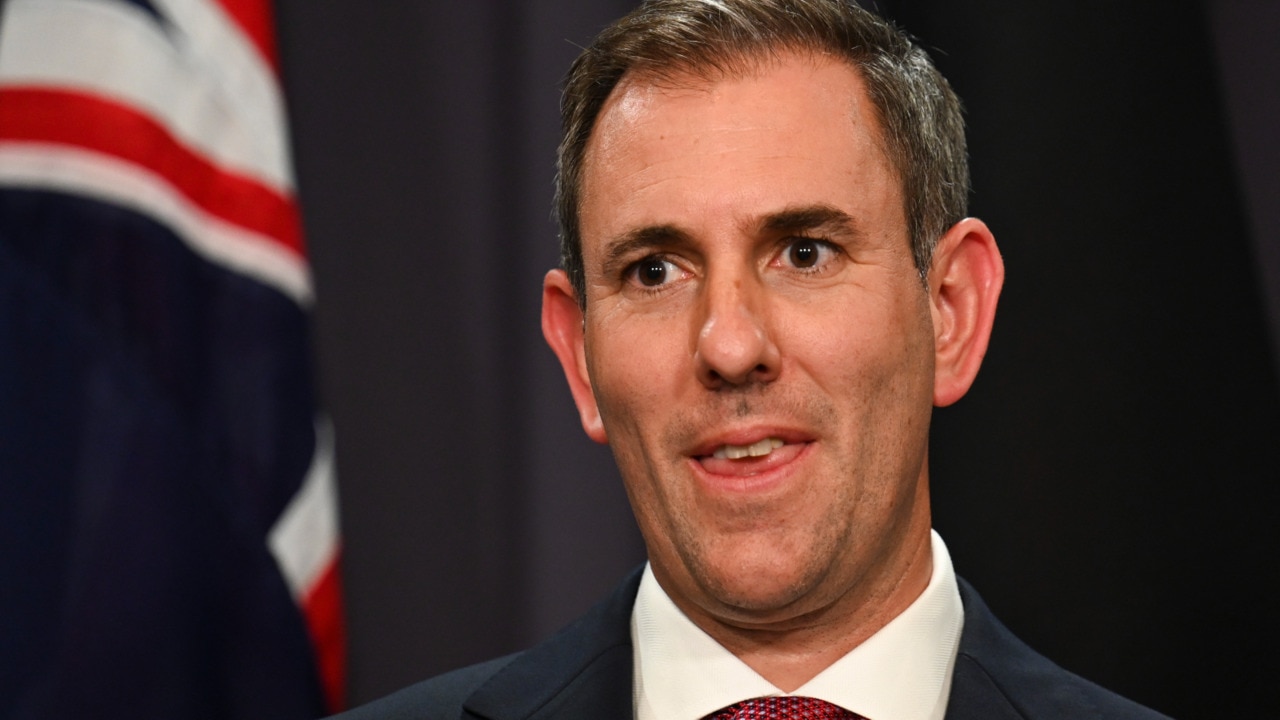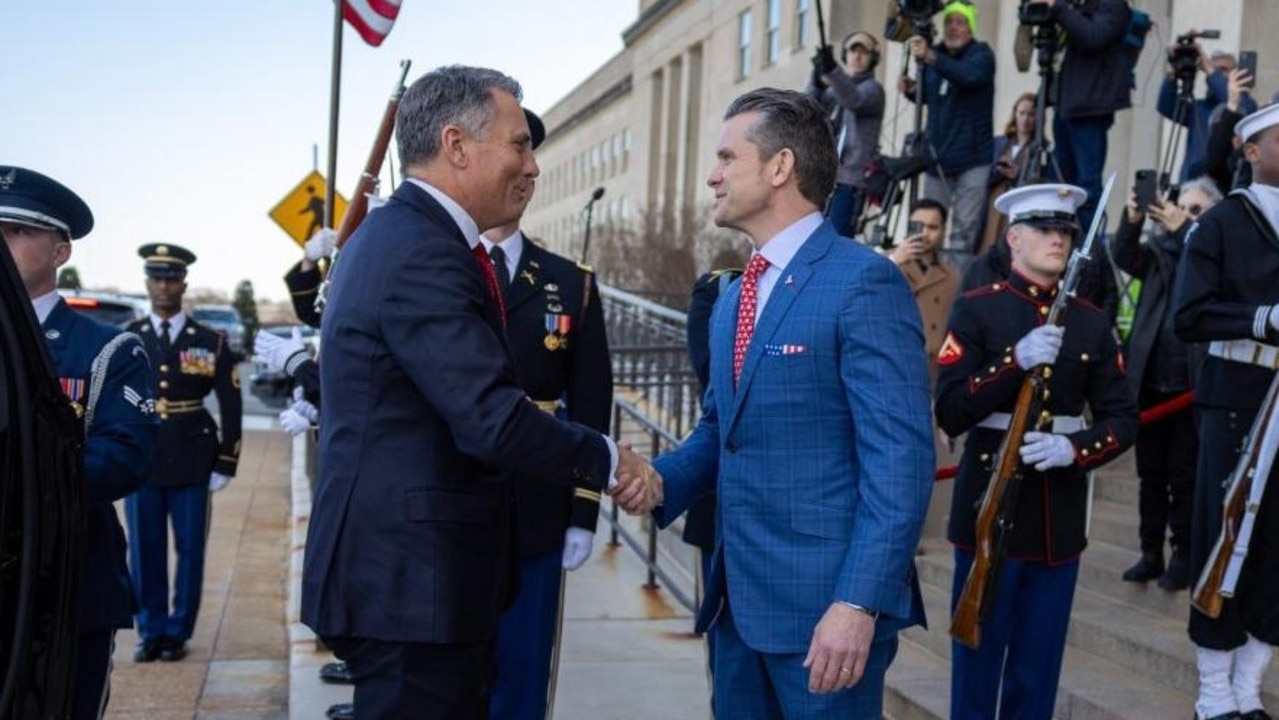
Jim Chalmers delivered a blockbuster lecture to security and policy pros at the Lowy Institute, variously a tribal history lesson, bold business plan to attract capital and an optimist’s call to action.
There’s a lot going in the Treasurer’s speech, but tying it together, he declared, is a “new growth model” for the nation as Australia confronts today’s polycrisis and the big beyond.
“It would be preposterously self-defeating to leave our policies unchanged in the face of all this industry policy taking shape and taking hold around us,” he said.
It’s fiscal pre-season and the government’s best storyteller looks energised, match fit for the coming narrative grind, and keen for verbal sparring.
Chalmers is now engaging critics of Labor’s Future Made in Australia strategy, who see the green new deal and revival of industry policy as Anthony Albanese’s Economy Reduction Act.
What the sceptics miss, the Treasurer argues, is “we aren’t choosing here between markets and the state, we are choosing between the push and pull of the past and future”.
The schism is not between activists in the arena and the pack of chronically disappointed commentators, he said, rather “the fault line is between the nostalgists and the strategists”.
Chalmers should have said it was experience versus hope, as it’s a huge test for the government to first lead the nation through the doldrums of low growth and then the inflationary rapids of what Reserve Bank governor Michele Bullock described last October as “shock, after shock, after shock”.
There’ll never be a lull in play, so the Treasurer says we just have to go for it, by marrying the clean-energy transition with our natural advantages, of which there are many: resources, location, reliability and talented people.
The guard rails for clean-energy projects, announced six months ago, have been improved.
The risk-based foreign investment changes build on the work of the previous government and are akin to Labor’s changes for migration screening: fast-track the lowest risk and people offering the highest returns, scrutinise more closely dodgy agents and those with ulterior motives. Yet Albanese and his ministers have lunged at flavour-of-the-moment industry policies for growth, designed and fast-fashioned elsewhere, because they haven’t produced a 2020s local model for economic development.

It’s just that the government has to do something, and quickly, because we’re heading towards half-time in the Treasurer’s “defining decade” and the game clock could get away from us.
The trouble with Labor’s “vision splendid” is the intrusion of the real world, where Canberra’s budget is in prolonged structural deficit, productivity growth has evaporated and the mortgage belt is battered by a 6.5 per cent surge in living costs.
Even if this were the right strategy, the enabling technologies, systems, markets, energy supply, workplace rules, competition settings, fiscal envelope and public administration are not yet compatible with success.
Those last two enablers should be front of mind for everyone in executive government.
Another budget surplus is a lock for the current financial year and then, as social spending grows and the tax bonanza ebbs away, the underlying cash balance slips into the red for years and years.
Is the public service up to the task of rapid investment screening and getting good value for money?
Productivity Commission chief Danielle Wood has warned against shifting capital and labour to low-yielding industries, noting the trap for corporate welfare recipients to become long-term addicts to public funding.
Some of the blue-sky research won’t go anywhere.
What rate of return is Labor seeking for taxpayers?
Will Canberra cut funding on dud enterprises, particularly for politically connected ones?
When will the government allow lagging firms to fail?
The questions are piling up ahead of the Treasurer’s third budget and will follow Labor all the way to the next election.
One team, one big green dream – but reality bites hard.






